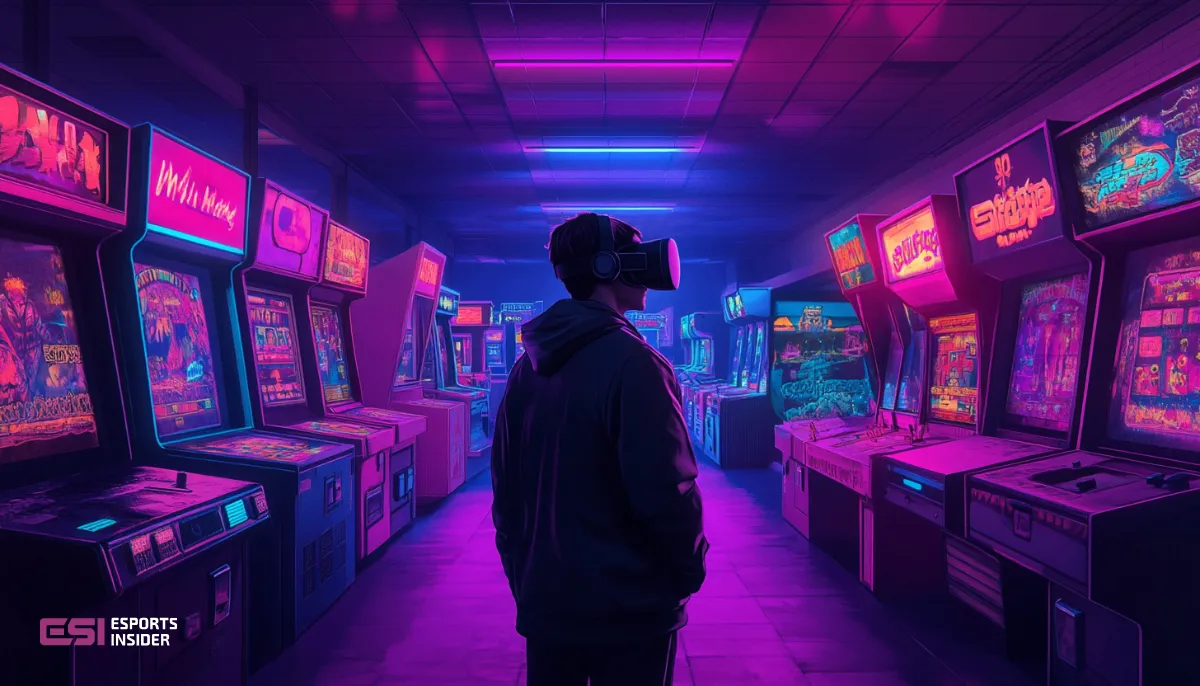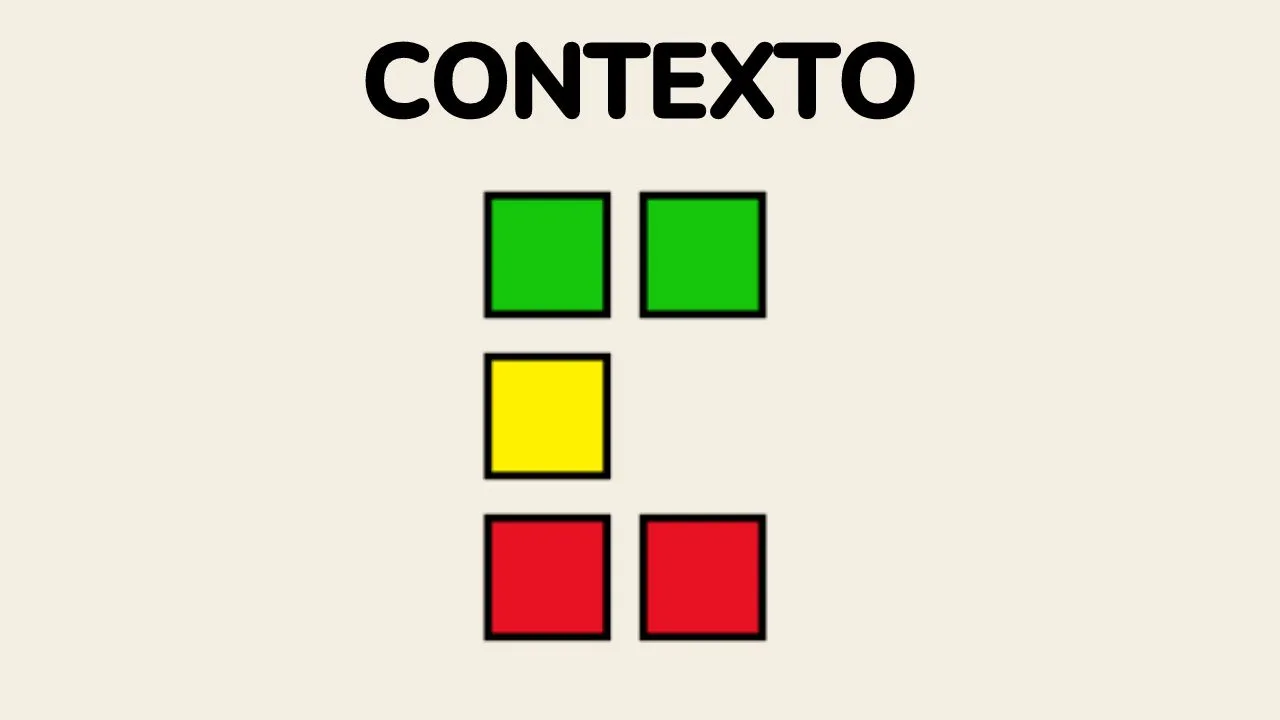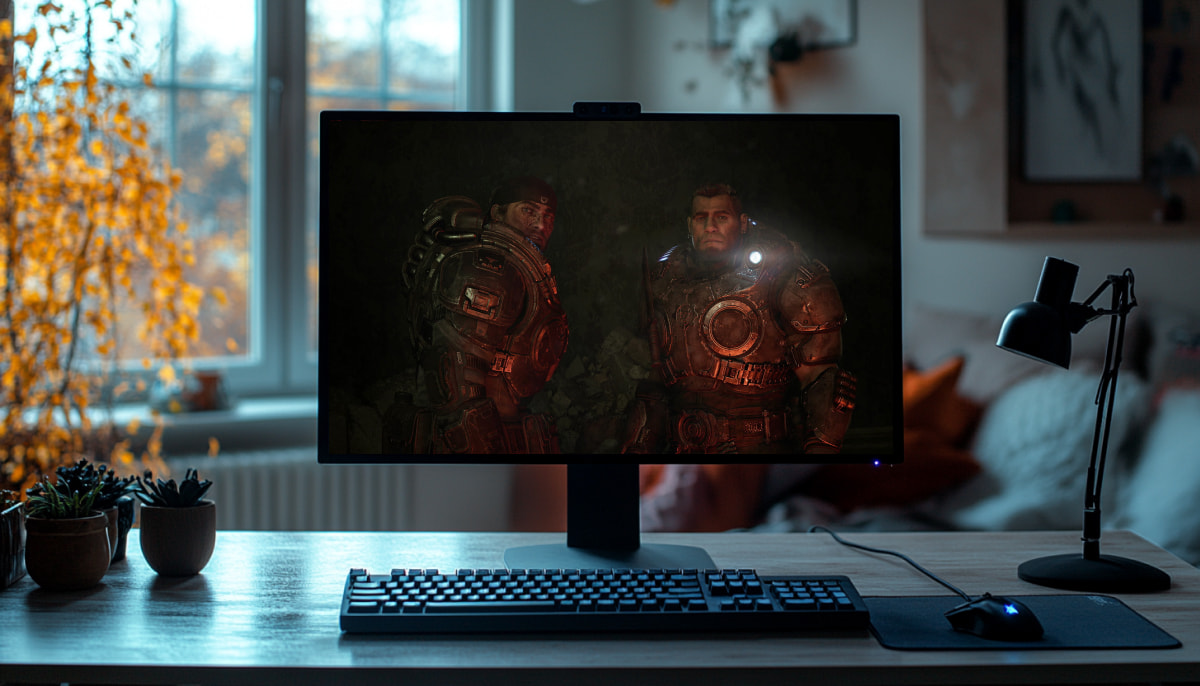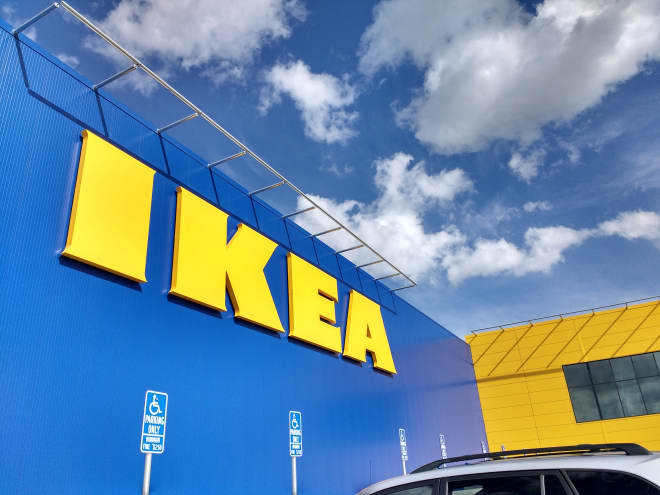The Complete History of esports: From origins to present day
Esports is everywhere in 2025, and it’s set to grow even more by the end of the year. If you’ve not been an avid fan for several years, you likely first came across the category during COVID-19, when most people stayed in their homes to watch online content. Watching people play games is nothing new … Continued The post The Complete History of esports: From origins to present day appeared first on Esports Insider.


Esports is everywhere in 2025, and it’s set to grow even more by the end of the year.
If you’ve not been an avid fan for several years, you likely first came across the category during COVID-19, when most people stayed in their homes to watch online content.
Watching people play games is nothing new – most of us became accustomed to watching friends and family play against one another with titles like Street Fighter 2, Mario Kart 64, and Unreal Tournament. However, with the rise of the internet, online multiplayer transformed competitive gaming into a worldwide phenomenon. This played a key role in the evolution of esports, eventually forming the industry we know today.
It’s now a multi-billion dollar behemoth, with around 220 million players taking part in a variety of games for cash prizes and more. Broadcasters such as ESPN, Sky Sports, and the BBC have already taken note of the rising interest, showing several gaming events to make it easier for fans to watch.
Yet, esports may have passed you by. With this in mind, we’re going to break down the history of esports, revealing the factors that contributed to its growth and where it stands today.
TL;DR
- Esports began in 1972 with the Spacewar! tournament at Stanford University, offering a Rolling Stone subscription as a prize.
- Online multiplayer and streaming platforms like Twitch fueled explosive growth in the 2000s and 2010s.
- Esports is now a $1.6B+ industry with 220M+ players and mainstream coverage from ESPN, BBC, and more.
- Top games include League of Legends, VALORANT, Counter-Strike, and Dota 2, dominating Twitch viewership.
- Despite a recent slowdown, VR and mobile gaming are poised to drive the next wave of esports growth.
5 fun facts from esports history
- The first event recognized as esports goes back to 1972, with the prize being a one-year subscription to Rolling Stone magazine
- There are around 220 million esports players in total, from amateur to professional
- The total market value of esports so far hovers around $1.6 billion
- Esports has had celebrity endorsements by David Beckham, Michael Jordan, and more
- Earnings for the top 50 esports players are currently around $61 million
Origins of esports
It could be argued that the history of esports commenced the moment the personal computer debuted in the late 1950s. One of the first esports games to be recognized dates back to 1958, called Tennis for Two. Created by William Higinbotham, the game, displayed on an oscilloscope device, could be played with two controllers to hit a ball over a net. The first player who did would win the match.
Eventually, as technology progressed, a game called ‘SpaceWar!’ was made available in 1972, alongside the first tournament, now known as the first ‘esports’ event. Organized by Rolling Stone, thousands took part to win a year’s subscription to the magazine. Eventually, with the advent of arcades and home consoles, esports slowly grew from local events to a worldwide phenomenon, mainly thanks to the internet and online multiplayer gaming.
Today, the industry is a multi-billion dollar titan, with different events held all over the world, with cash prizes for individuals and teams to see who can reach first place in games like League of Legends and Tekken 8.
When was the first esports tournament?
On Wednesday, October 19, 1972, the first esports tournament was held on the University of Stanford campus at its Artificial Intelligence Laboratory. Hosted by Rolling Stone magazine, the game that many turned up to compete in was called ‘Spacewar!’, a space combat multiplayer game. Players would each control a ‘needle’ and a ‘wedge, with the aim of destroying each other by using a set of torpedoes to win the game.
Two events were held on this day: a free-for-all played by five people, and a competition. Five spaceships, called ‘Birdie’, “Funny Fins’, ’Pointy Fins’, ‘Flatback’, and ‘Roundback,’ were controlled by each player in the free for all, where mines could be dropped in the playing field, but they all had to avoid the gravitational pull of the star as well. After a hard-fought battle, Robert E. Maas and Slim Tovar won the competition, and Bruce Baumgart won the free-for-all match.
A record of the esports tournament can be found here, which tells of a tense but fun time between players trying to win the Rolling Stone subscription.
Gaming consoles and competitive gaming
The evolution of home gaming consoles is closely linked to the history of esports and its rise over the past 50 years. In addition to the first esports event in Stanford, 1972 was also the year the Magnavox Odyssey console launched, bringing games into the home. Eventually, consoles from Atari and Nintendo in the years after ensured that these systems were here to stay, fast becoming a prominent part of many homes.
Yet, it was also the introduction of arcades around the world that showcased multiplayer battles across various genres. From fighting games like Street Fighter 2 to sports games like Track and Field or beat ‘em ups like Konami’s The Simpsons, multiplayer was already a huge part of gaming by the time the 1990s arrived.
By the end of the decade, the internet had evolved enough to enable online multiplayer on PCs, with games like DOOM, Unreal Tournament, and CounterStrike bringing the category into the mainstream. Sega’s Dreamcast console also brought online gaming to the home, with MMORPGs (Massively Multiplayer Online Role Playing Games) like Phantasy Star Online now possible.
Eventually, services like Xbox Live and the PlayStation Network would become commonplace, which arguably established esports into what we see today. Competitive gaming is now a worldwide sport, with cash prizes fought for by individuals and teams playing games like Call of Duty, Rocket League, and more.
Esports history timeline
When did esports become popular?
Esports started gaining popularity in the early 2000s when online multiplayer gaming entered the mainstream. This arguably began with multiplayer games like CounterStrike and Unreal Tournament around 1999 on PC, but it was mostly thanks to the Sega Dreamcast and Microsoft’s Xbox consoles offering online functionality for their respective home consoles.
However, that was only partly responsible for the rise of esports. Toward the end of the 2000s, sites like YouTube and Justin.tv allowed players to upload clips of them playing games, and eventually, stream themselves in real-time. Soon after, streaming services like Twitch introduced game streaming into the fold, which only amplified the appeal of esports.
At the start of the 2010s, companies like Valve, Blizzard, and others began to invest heavily in gaming tournaments, correctly recognizing the potential of their games being viewed as a sport. Other factors, such as COVID-19, meant that other viewers were using services like Twitch to pass the time during lockdown, at which point esports only grew even bigger.
The growth of the esports industry
Over the last decade, it’s clear that the esports boom has arrived, evolving into a multi-billion dollar industry as a result of enormous investment and soaring viewing figures for events such as the Call of Duty League, League of Legends Championship, and more.
Streaming services like Twitch, YouTube, and even TikTok have supercharged how fans can keep up with their favorite teams and leagues anytime. Huge brands like Coca-Cola, Mountain Dew, and Coinbase regularly sponsor esports events, further legitimizing the category.
Despite all this, there’s a rising debate as to whether the esports boom is starting to cool down. Some esports events, like Dota 2’s The International (TI), saw its prize pool go from $40 million in 2021 to just $2.8 million in 2023 due to a lack of interest. However, emerging trends like virtual reality games and mobile esports could recharge the industry in certain areas and revitalize interest.
Competition structure
Esports has evolved into an industry with several leagues and regulatory bodies to ensure fairness. The main leagues include:
- League of Legends Championship Series (LCS) – Conducted by Riot Games, the LCS is arguably one of the most well-known esports leagues worldwide. It’s based in North America and features a variety of yearly competitions, culminating in the League of Legends World Championship.
- Call of Duty League (CDL) – Based on the Call of Duty series, this professional league features teams from many cities, where major events are hosted throughout the year. The CDL also hosts a variety of live streams that players can watch, as well as letting players wear team packs based on the many teams who take part in the league.
- Overwatch Champions Series (OWCS) – Established by Blizzard in 2024, this league is divided into four regions around the world, where a variety of teams from cities around the world compete for a cash prize.
When it comes to the regulatory bodies in esports, there are several that, while still finding their feet in the industry, are already ensuring fair play at every event. This includes:
- International Esports Federation (IESF) – Based in South Korea, the IESF hosts the World Esports Championship, as a way of promoting fairness, diversity, and more to the industry.
- World Esports Association (WESA) – Founded in 2016, the WESA is an association that is made up of several esports teams, ensuring that rules and regulations are established and met across every competitive league worldwide.
- Esports Integrity Commission (ESIC) – Established in 2016, the ESIC is a non-profit organization that makes sure forms of cheating, doping, and more are prevented and prosecuted if required.
Some leagues, like the LCS, are franchised, meaning teams have to buy licenses to compete, but it also means that the number of teams taking part is controlled. These licenses are usually managed by the developers of the games, such as Blizzard and Valve, who also have a degree of control over the events held and the teams taking part.
Most popular esports games today on Twitch
- League of Legends – 89.9 million hours
- VALORANT – 89.2 million hours
- Counter-Strike series – 61.8 million hours
- DOTA 2 – 37.4 million hours
- Apex Legends – 28.6 million hours
- Fortnite – 42.6 million hours
- World of Warcraft – 33.7 million hours
- Escape from Tarkov – 32.9 million hours
- Rocket League – 2.63 million hours
- Tom Clancy’s Rainbow Six: Siege – 4.25 million hours
Conclusion
That covers 50 years of esports history, and it’s come a long way. The industry has evolved from being held in a University to being a conglomerate of major leagues held around the world, with multi-million dollar sponsorships, investments, and more.
Although there may be some fatigue with some esports as of late, that’s been felt by many sports over the years, such as English Football in the mid-1980s. It’ll pass, especially with the rise of technologies, such as virtual reality and mobile esports, ensuring that the industry is set to grow more over the next 50 years and beyond.
FAQs
Called Electronic Sports in full, it’s a way of playing video games online or in one place with consoles or PCs connected. Leagues and matches are made, with a prize pool up for grabs for whoever wins.
The first known esports tournament was held in 1972 by Rolling Stone, where 10,000 players competed in ‘Spacewar!’ to win a one-year subscription to the magazine.
The United States is the clear leader in esports, raking in $1.3 billion in revenue for 2024.
References
- https://www.wheels.org/spacewar/stone/rolling_stone.html (SPACEWAR)
- https://www.callofdutyleague.com/en-us/ (Call of Duty League)
- https://iesf.org/ (IESF)
- https://esic.gg/ (ESIC)
The post The Complete History of esports: From origins to present day appeared first on Esports Insider.
































































-Baldur’s-Gate-3-The-Final-Patch---An-Animated-Short-00-03-43.png?width=1920&height=1920&fit=bounds&quality=70&format=jpg&auto=webp#)

































































































































































































